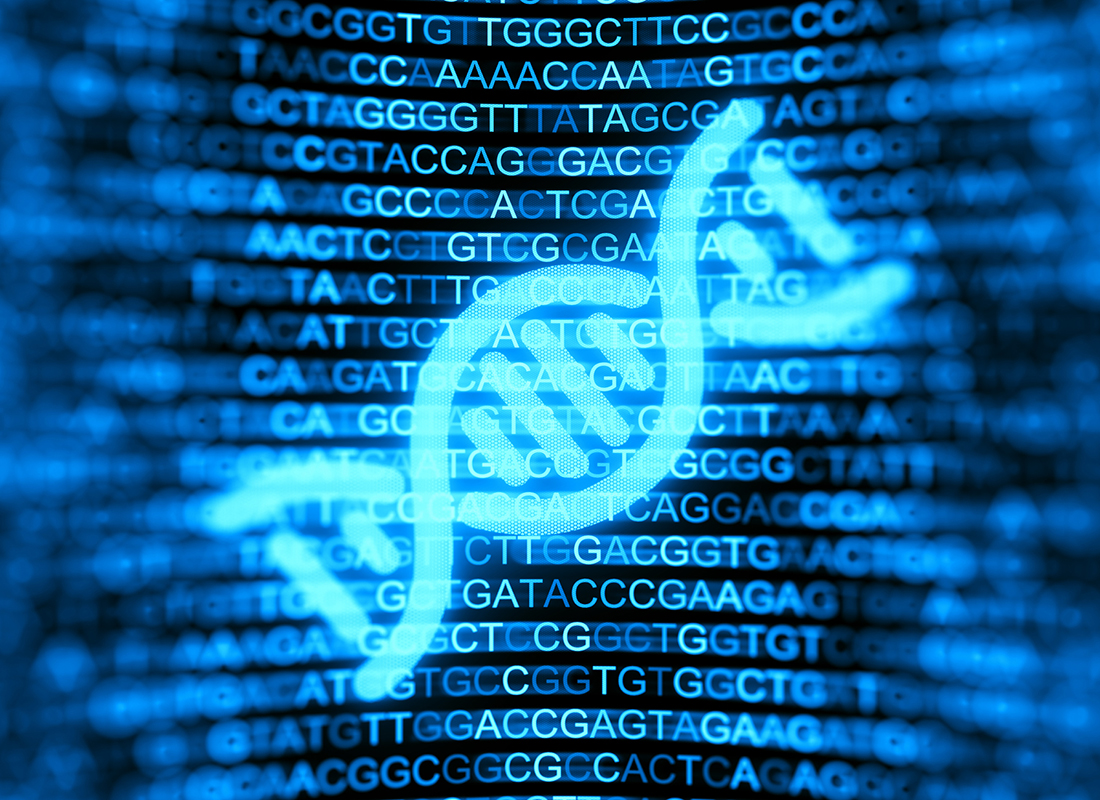Making Complete Genome Sequencing Affordable, Accessible
Automation software uses advanced computational tools to generate gapless genome sequences in just a couple of days.

Subscribe to Clinical Diagnostics Insider to view
Start a Free Trial for immediate access to this article